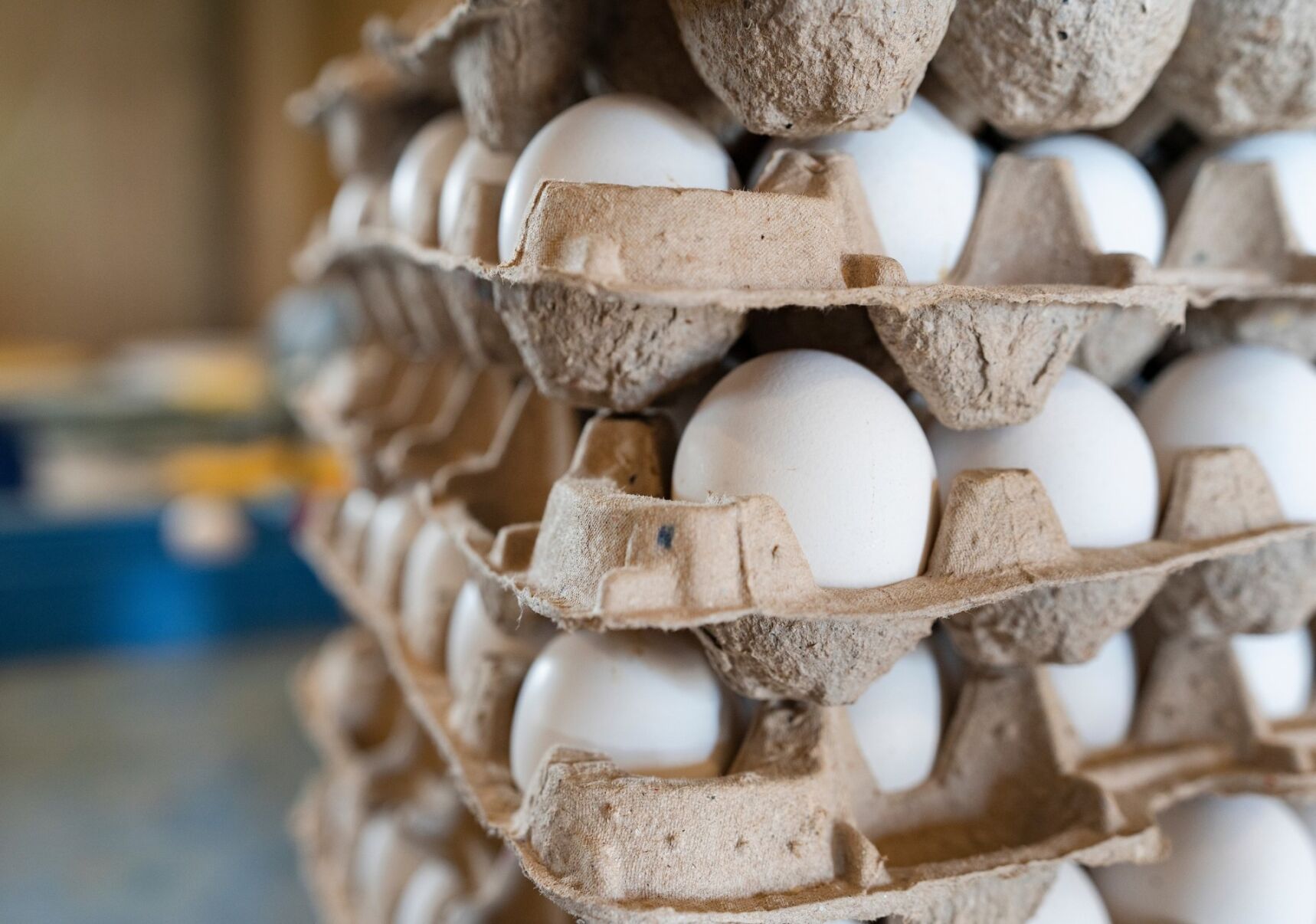Egg prices climbing as Easter approaches

Egg prices continue their seasonal upward trend heading into Easter, but a looming threat of avian influenza could exacerbate long-term costs at grocery stores, according to Texas A&M AgriLife Extension Service experts.
The latest U.S. Department of Agriculture retail egg price report showed a dozen large Grade A eggs reached $2.01 a dozen compared to $1.60 per dozen last year, a 25.5% increase. Egg prices typically trend higher and peak around the Easter holiday.
David Anderson, Ph.D., AgriLife Extension economist, Bryan-College Station, said higher production costs, especially feed, and lower production volumes are likely triggering rising prices. Retail egg prices were the highest per dozen for this time of year since 2016.
Higher seasonal demand for eggs is driven by traditional Easter activities, including dying eggs and baking, Anderson said.
“It’s worth mentioning that we’ve had higher prices than this in the past, but it is clear that feed costs are higher,” Anderson said. “Then it is a matter of those higher production costs being passed on to consumers.”
Egg prices and beyond
Beyond the typical holiday demand and price spike, Greg Archer, Ph.D., AgriLife Extension poultry specialist, Bryan-College Station, said higher prices for feed components like soybeans and corn could keep prices higher.
Another threat to long-term egg prices could be the ongoing spread of a highly pathogenic avian flu that has been found in more than a dozen states from Maryland to South Dakota.
Outbreak reports have mostly occurred in backyard flocks, according to the USDA, but almost 12 million commercial chickens and turkeys, including more than 1 million laying hens, have been destroyed to control the spread. Outbreaks have been reported in two major egg-producing states – Iowa and Minnesota. There are more than 300 million egg-producing hens in the U.S. poultry flock.
In 2015, egg-laying operations were devastated by major outbreaks of avian influenza. Around 50 million chickens and turkeys were culled from the nation’s flocks as a preventive measure to halt the disease’s spread. The outbreak impacted more than 10% of the nation’s egg production capacity and caused egg prices to double.
“There is concern among Texas producers, but hopefully, we can avoid major outbreaks here,” he said.
Anderson said higher production costs and subsequent higher retail prices for consumers would only be exacerbated by major outbreaks in egg-production operations. The highly pathogenic avian influenza outbreaks have implications for all forms of poultry production, including broiler chickens that provide meat and turkeys.
“In the short term, the trend is upward, and the price of production is higher, so we can expect higher prices. But if the outbreaks become a major problem, we could see prices really climb,” he said. “The last time this happened, it did worsen through the spring before it got better, so this could impact us beyond eggs and cause issues with turkeys this coming fall.”



